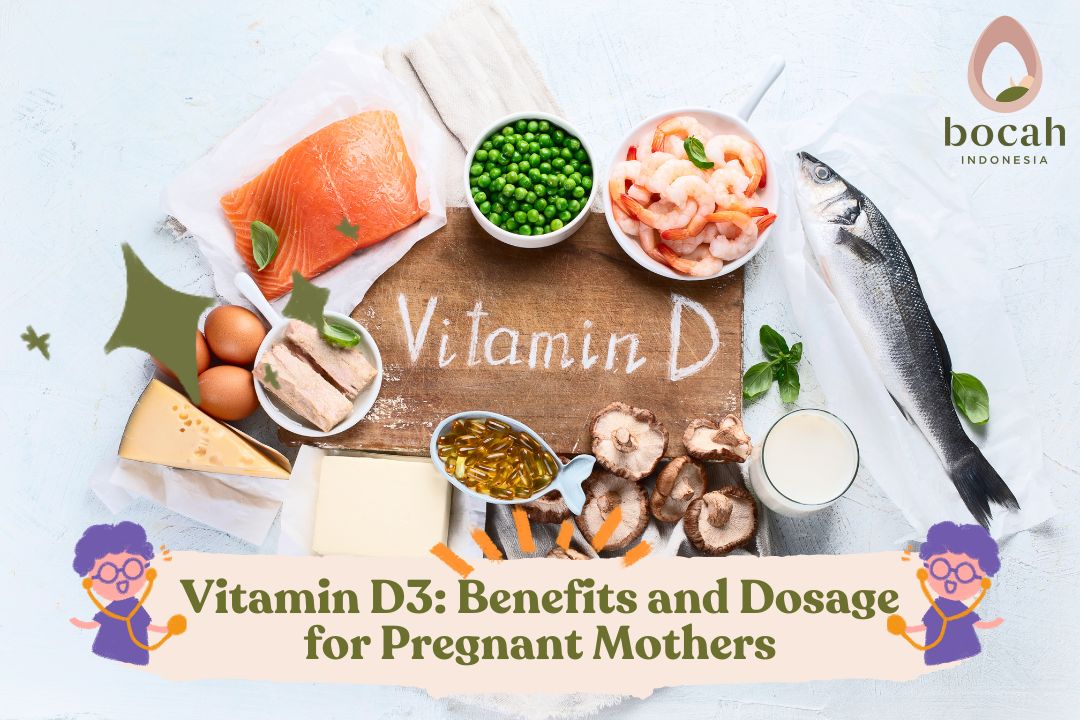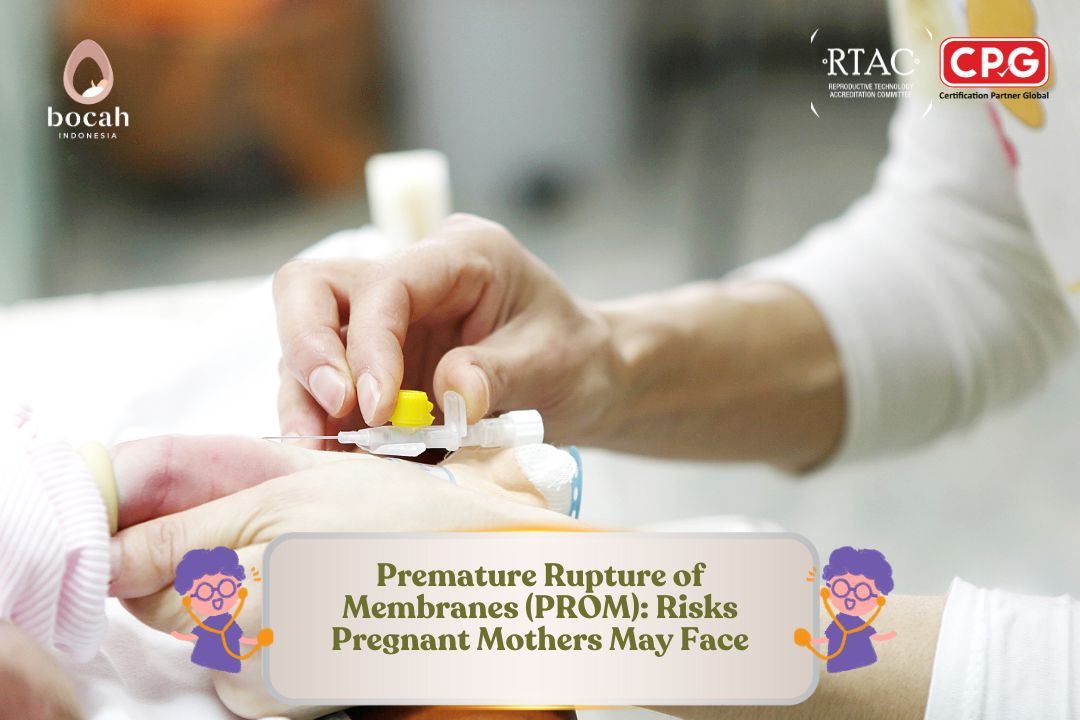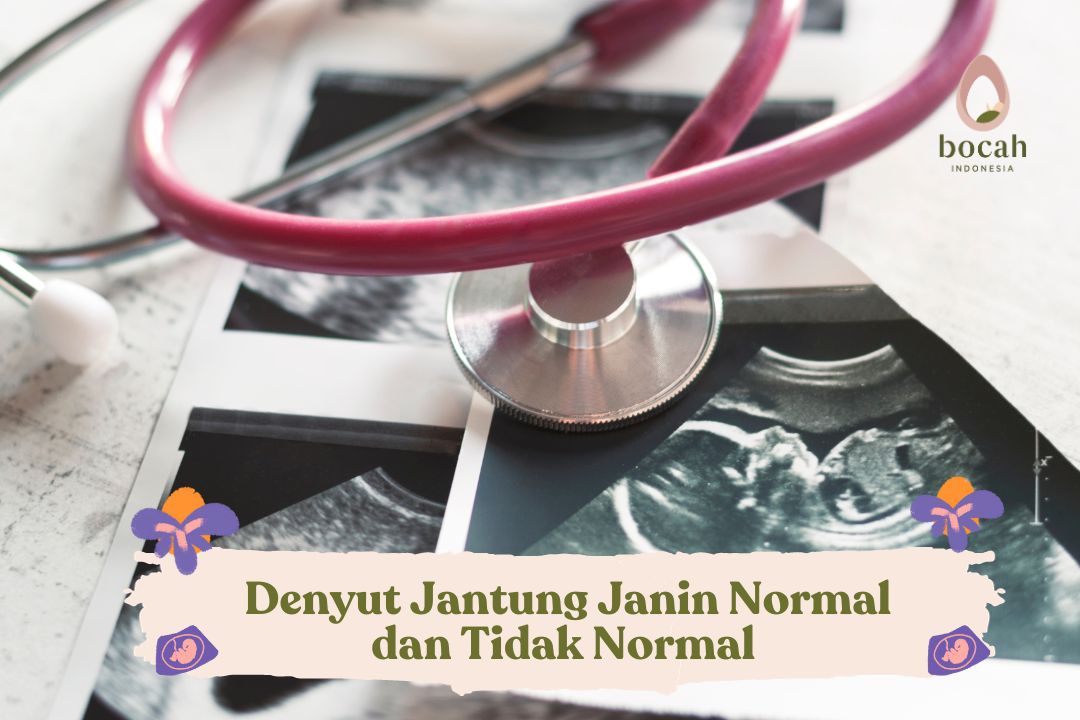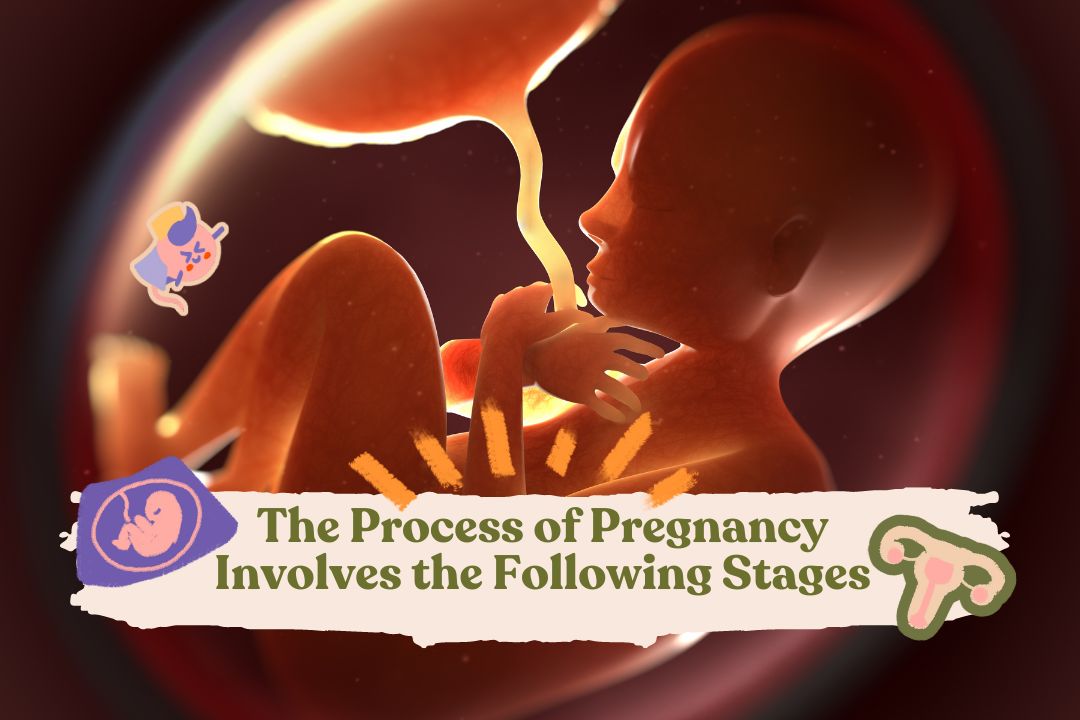What is Lactation? The Process of Breastfeeding for Pregnant Mothers
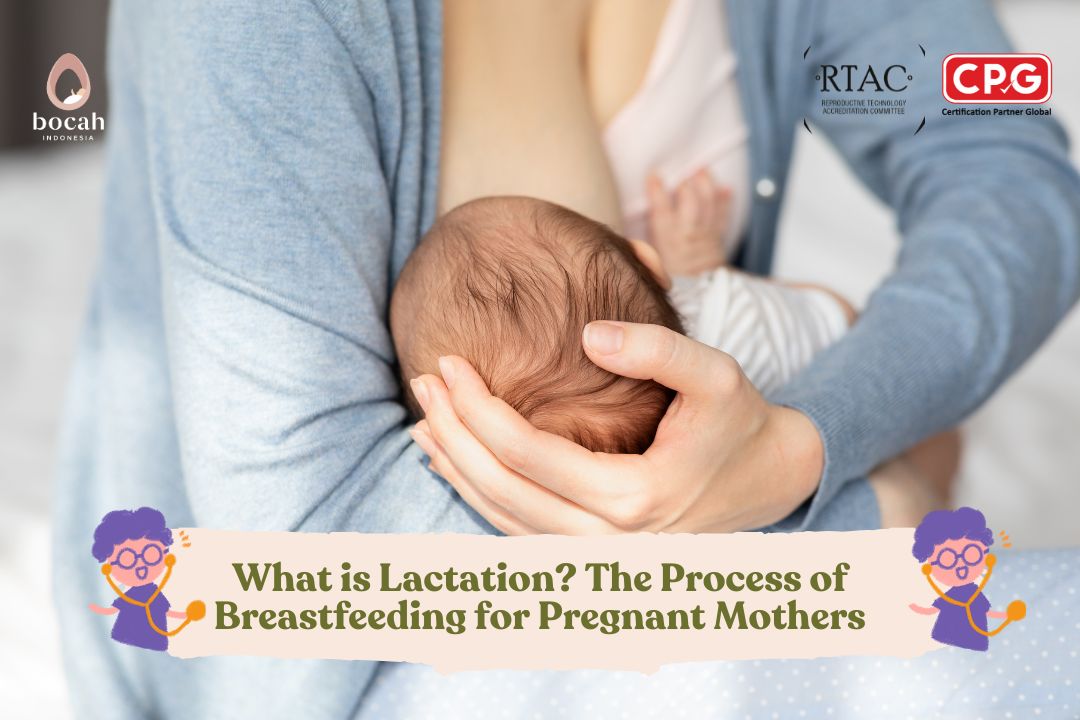
Breast milk (ASI) is a baby’s primary source of nutrition from birth, and the process begins with lactation. Curious about how it works? Read on to find out more.
During pregnancy, the body naturally produces breast milk, which serves as the main food for a newborn. Breast milk contains essential nutrients that support a baby’s development and health.
The World Health Organization (WHO) recommends exclusive breastfeeding for the first 6 months of a baby’s life and suggests continuing to breastfeed until the baby is 2 years old, supplemented with solid foods (MPASI).
What is Lactation?
Lactation is the process of producing breast milk from the mammary glands, which typically starts near the end of pregnancy and continues after childbirth. This process is crucial for providing a newborn with the nutrition and sustenance they need. The process begins during pregnancy, as hormonal changes signal the mammary glands to produce milk, and it can continue for months or even years.
What are the Benefits of Lactation?
Lactation is an essential part of newborn care that offers significant long-term health benefits for both the baby and the mother. Here are some of the benefits of lactation:
Tanya Mincah tentang Promil?
- A Source of Nutrition for the Baby One of the primary benefits of lactation is that it provides a source of nutrition for the baby. Breast milk is a natural food rich in nutrients that support a baby’s growth and development. For optimal development, it is recommended to continue breastfeeding until the baby is 2 years old.
- Helps the Baby Gain Weight Breast milk contains protein, minerals, carbohydrates, and fats that are vital for a baby’s development. Additionally, lactation involves hormones like insulin that help regulate metabolism and nutrient absorption, aiding in the baby’s weight gain.
- Helps the Mother Lose Weight During lactation, the body requires a lot of extra energy to produce and maintain a steady supply of breast milk. A large portion of this additional energy is taken from fat stored during pregnancy. Because of this, lactation is known to help burn fat, assisting mothers in returning to their pre-pregnancy weight.
- Helps the Uterus Contract After childbirth, the uterus goes through a process of returning to its normal size. During lactation, stimulation of the nipples helps the brain release the hormone oxytocin. This hormone stimulates contractions in the uterine muscles, helping the uterus recover its normal size and stop bleeding.
- Boosts a Child’s Intelligence Another benefit of lactation is that it helps enhance a child’s cognitive development and intelligence. This is because breast milk contains nutrients that are good for brain development, specifically omega-3 and omega-6 fatty acids, which are crucial for the formation of brain cells. Lactation also helps build a stronger bond between mother and child through touch, eye contact, and the warmth of breastfeeding. This process provides not only nutrition but also a sense of comfort and security for the baby.
- Reduces the Risk of Disease The release of hormones oxytocin and prolactin during lactation has a positive impact on the mother, reducing the risk of chronic diseases such as breast or ovarian cancer. Breast milk also contains antibodies and white blood cells that help fight off infections like asthma, digestive issues, allergies, diabetes, ear infections, and even sudden infant death syndrome (SIDS).
How Does the Lactation Process Occur?
The lactation process begins due to changes in estrogen and progesterone hormone levels, which increase during pregnancy. These hormonal changes trigger the process called lactogenesis.
Here are the stages of the lactation process:
- Lactogenesis Stage 1 Lactogenesis Stage 1 begins during pregnancy, around the 16th week. At this stage, the mammary gland tissue grows, making the breasts appear fuller. The body also starts producing the first breast milk, known as colostrum. After birth, progesterone and estrogen levels drop sharply, triggering the release of the hormone prolactin, which initiates breast milk production in preparation for nursing.
- Lactogenesis Stage 2 This process occurs around 3 to 5 days after childbirth. At this stage, progesterone levels decrease, causing an increase in prolactin, cortisol, and insulin. The increased hormones stimulate the body to produce milk in preparation for breastfeeding the baby. The breasts, which have begun to produce milk, will feel fuller and heavier.
- Lactogenesis Stage 3 In this stage, lactation continues as long as breast milk is produced. A high frequency of lactation is key to maintaining supply. Therefore, the more often lactation occurs, the more breast milk will be produced. This stage is also known as galactopoiesis, the process of maintaining long-term milk production. Galactopoiesis occurs thanks to the work of the hormone prolactin, which stimulates milk production, and the hormone oxytocin, which plays a role in the milk ejection reflex. As long as breast stimulation continues through nursing or pumping, milk production will be maintained.
This is the understanding of lactation and its benefits that mothers should know. However, if you experience lactation-related issues such as swollen breasts, lumps, or a red rash, you should immediately consult a doctor!
Source:
- Rassie, KL., et al. (2022). Lactogenic hormones in relation to maternal metabolic health in pregnancy and postpartum: protocol for a systematic review. BMJ Open. 2022 Feb 21;12(2): e055257.
- Pillay, J., Davis, TJ. (Last Update: 2023). Physiology, Lactation.
- Del Ciampo, LA., Del Ciampo, IRL. (2018). Breastfeeding and the Benefits of Lactation for Women’s Health. Rev Bras Ginecol Obstet 2018;40: 354–359.


